The Meiji Shrine – Tokyo
The Meiji Jingu Shrine is one of the top 10 places to visit in Tokyo. But do you know what to do when you visit a shrine? I thought I knew all about temples and such after having visited so many Asian countries, but little did I know that shrines are completely different from temples. There are a series of rituals and etiquette rules that you need to follow. The good thing is that following these rituals is kind of fun, and that they are open to anyone of any religion. You don’t have to be a believer of Shintoism to take part in them. Follow this guide to learn how to make your cultural experience at the Meiji Shrine even more meaningful and memorable.
This post is part of my article on my 4 days in Tokyo itinerary. Go here to read about how to spend 4 days in Tokyo.
What is the Meiji Shrine?
The original Meiji shrine was built in 1920. It was then destroyed during WWII and rebuilt was rebuilt in 1958. The Meiji Shrine is a Shinto shrine dedicated to the Emperor Meiji and Empress Shoken, both of whom died in 1912 and 1914 respectively. Emperor Meiji was Japan’s emperor when the country modernized politically and socially from a feudal shogun-run system to a westernized one. This time period is known as the Meiji Restoration.
The shrine is located in a beautiful 175-acre park of evergreen trees. Trees were donated from every region of Japan. One thing you’ll notice while walking trough the park is how quiet it is compared to the hustle and bustle of a city of 9 million people.
Why visit the Meiji Shrine
The Meiji Shrine is one of the most popular shrines in Japan. At the beginning of the year, over 3 million people visit the shrine for the new year’s first prayers called hatsumodo.
How much does the Meiji Shrine cost?
It’s free for the main shrine. However, it’s 500 yen to see the garden, 500 yen for the Treasure House, and 500 for the Treasure Museum Annex. I only saw the main shrine as there are so many things to already see in Tokyo that I just didn’t have time.
When is the Meiji Shrine open?
The Meiji Shrine is open from sunrise to sunset, so times vary. In the summer months, it opens at 5:00 am and closes around 6:00, but in the winter it opens around 6:30 am and closes as early as 4:00 pm.
How to get to the Meiji Shrine
Take the subway to Meiji-jingumae (Harakjuku) station. When you get off, the shrine is right by the exit.
What is Shinto?
The Meiji Shrine is a Shinto shrine. Shinto (the way of the Gods) is Japan’s native religion. In the Shinto religion, shrines are built to house spirits or gods called kami. Kami can be found in anything from rocks, trees, animals, water, places, and people. However, people don’t actually worship any icon or statue of kami when they visit a shrine. From my understanding, the Meiji Shrine’s kami would be the Emperor Meiji and Empress Shoken. Unlike Christianity, there is no holy book, religious founder, or desire to convert people.
The Shinto religion has developed a bad reputation in the West and other parts of Asia from its role during World War II. During the Meiji restoration and especially during Japan’s military government in the 1930s and 40s, Shinto came under the state’s control, which became known as State Shinto, and the government used it to rally the people to its nationalistic and imperialistic causes of invading and colonizing Asia. The allied powers actually forced Japan to dissolve State Shintoism after Japan’s defeat.
You’ll sometimes hear about Japanese right-wing politicians including prime visitors visiting Shinto shrines dedicated to the war dead including those convicted of war crimes. There is one particular shrine in Tokyo that honors 14 war criminals that politicians visit. People in Asia like China and South Korea see these visits as a sign that Japan still has not accepted responsibility for the deaths, rapes, torture, and forced prostitution that it caused throughout Asia during the war. If you are interested in reading about the controversy, you can go here: https://www.theguardian.com/world/2016/oct/18/japanese-politicians-south-korea-visit-yasukuni-shrine
Visiting the Meiji Shrine – The Torii Gate
Japanese shrine etiquette irrespective of your religion, says that you should bow once before crossing the gate and bow once when leaving.
Long Path to the Main Shrine
Enjoy the tranquil surroundings. You won’t feel like you’re in the middle of a city of 9 million people.
Sake Barrels
The Main Shrine of the Meiji Shrine
Purify your body and mind
- Rinse your left hand
- Rinse your right hand
- Pour water into your left hand and put the water into your mouth (Don’t drink it!)
- Spit the water out
- Rinse your left hand again
- Rinse the dipper by having the water pour down the handle
You can also just watch how Japanese people do it when you are there. What I found is that some people skip steps 5 and/or 6. You can watch this video on what you need to do.
The Main Hall (Honden)
Next walk across the big plaza to the main hall to pay your respects. You cannot take photos or video inside the main hall. At the main hall, you can pay your respects by doing the following:
- Put a 5 yen coin into the Offering Box. You should use a 5 yen coin because 5 yen in Japanese is goen, which means good luck.
- Bow twice
- Clap twice
- Make a wish
- Bow one last time
At other shrines around the country, you can also ring a bell before doing steps 2-5, but I didn’t see a bell at the Meiji Shrine
Ema: Votive Tablets
Lucky Charms (Not the cereal)
You can also buy a lucky charm called an omomari. There are different prices depending on what you wish for. For example, to find a partner and to have safe travels, it will cost you 1,000 yen. The cheapest ones were wishes for divine protection for 300 yen. Unfortunately, I didn’t take a picture of them. I also didn’t buy one.
You can attach the charm to your purse or bag. If you get one that’s in a pouch, don’t take it out. You’re supposed to keep it until the wish comes true.
Get Your Fortune Told
You can also get a fortune called an omikuji for 100 yen, which is a piece of paper with a poem that tells you your fortune. I suggest waiting until you get to Senso Ji shrine to get your omikuji. There you have to do a little ritual before getting a complete fortune instead of just a poem.
If you get a bad fortune, you need to tie the fortune up and tie it to a wrack to keep it from happening. The ones at Senso Ji actually do have bad fortunes. The person I went there with got a bad fortune.
Final Thoughts
The Meiji Shrine was my first experience at a Shinto shrine. I had no idea what to expect except for the washing of the hands rines and mouth. I wish I had known a bit more during my visit than I do now so I could have experienced it fully. After visiting my 10th shrine, I sort of got lazy in paying my respects and didn’t follow all the rituals, thinking that since I wasn’t Japanese, it didn’t really matter. I wish I had continued doing all the rituals every time. Have you been to a Shinto shrine before? Did you always follow the rituals?
Are you planning to visit Tokyo? If you do, definitely visit the Meiji Shrine. It’s a must-see in Tokyo
If you want to learn how to see Tokyo in 4 days, go here to read my itinerary for 4 days in Tokyo. You’ll learn about what to see and do, where to eat, and how to get around Tokyo.



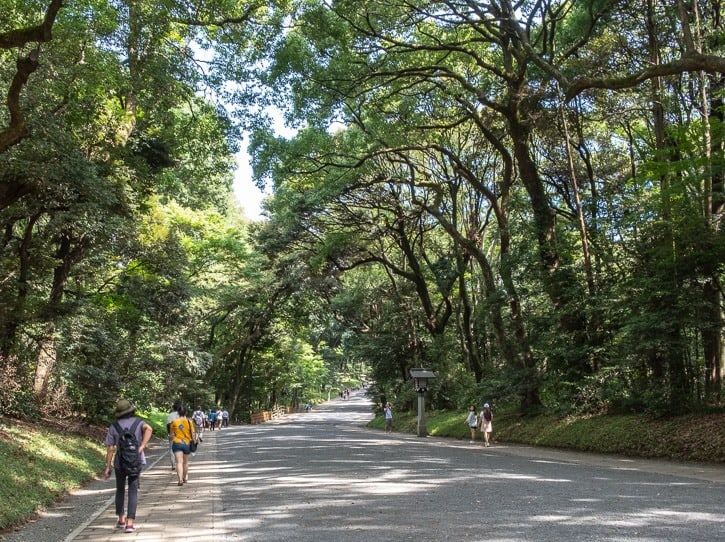
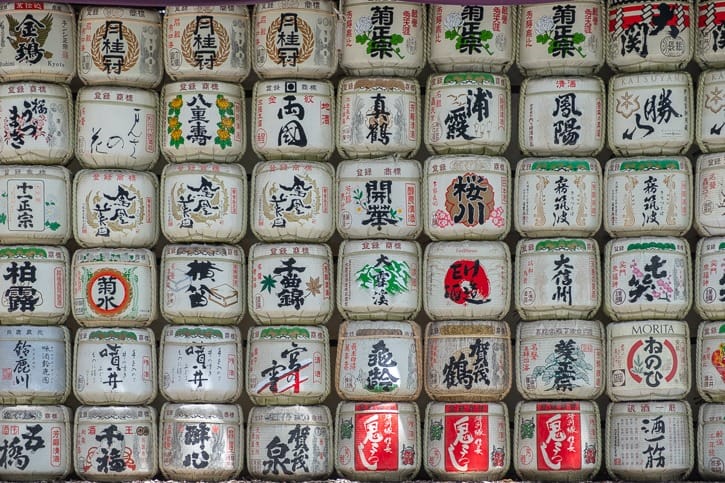
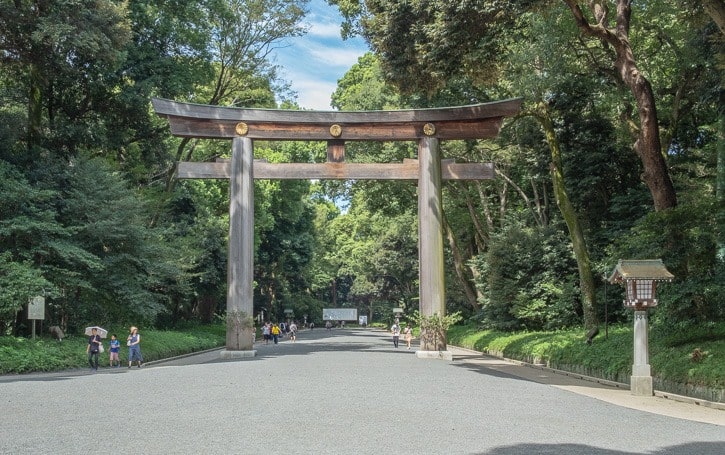
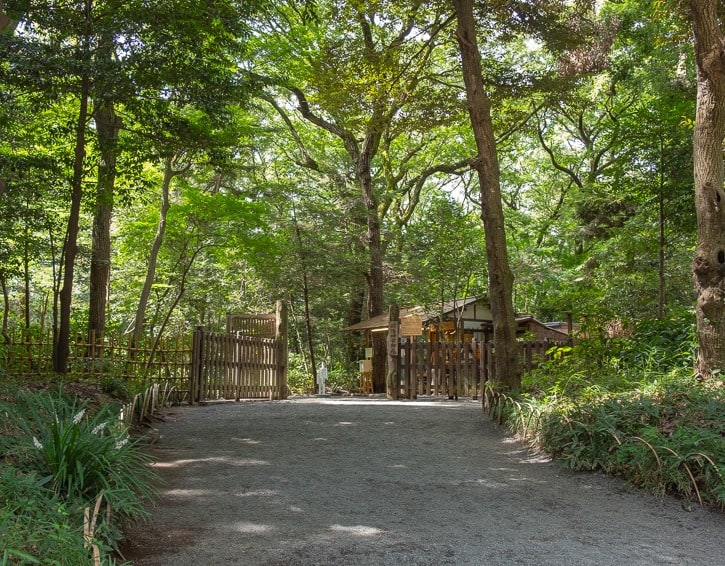
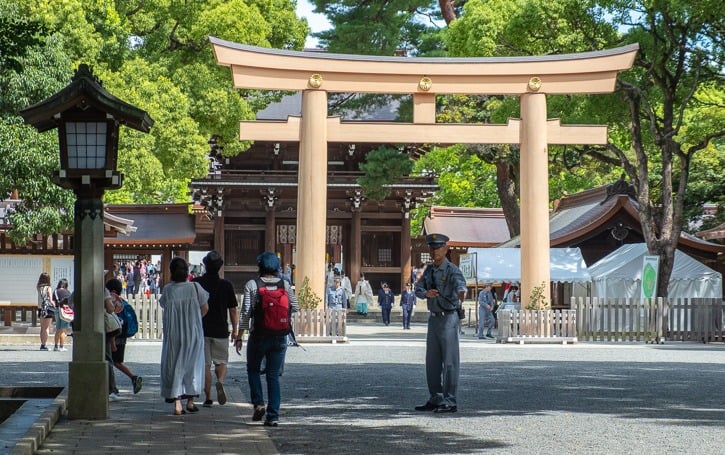
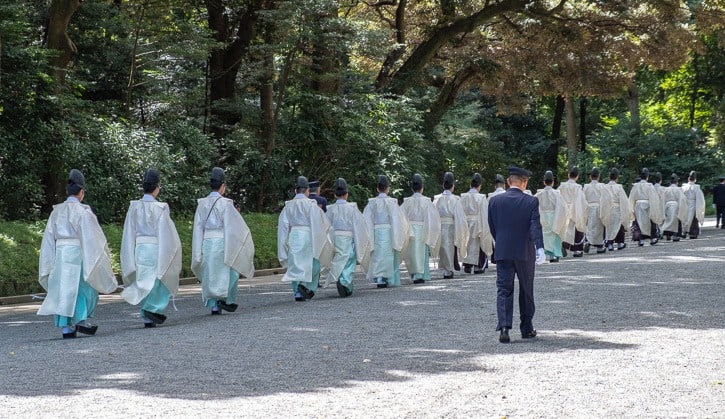

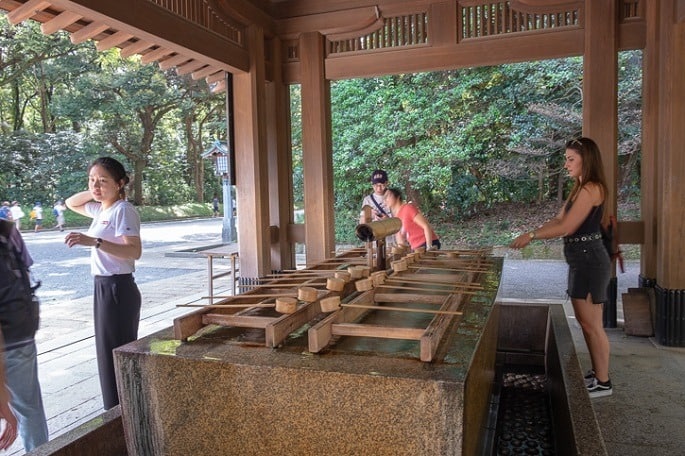
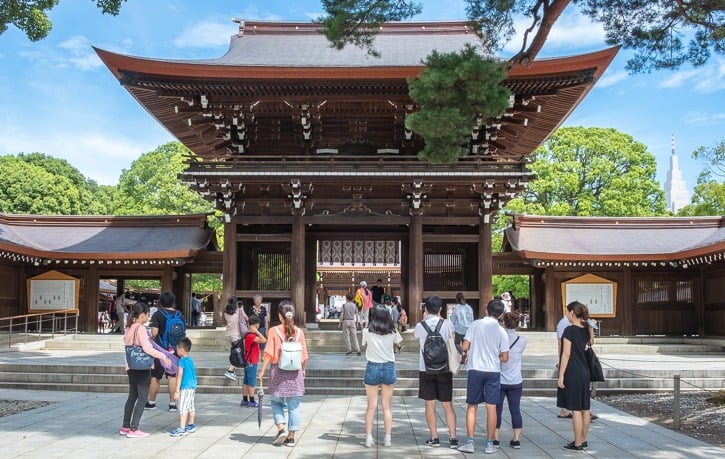
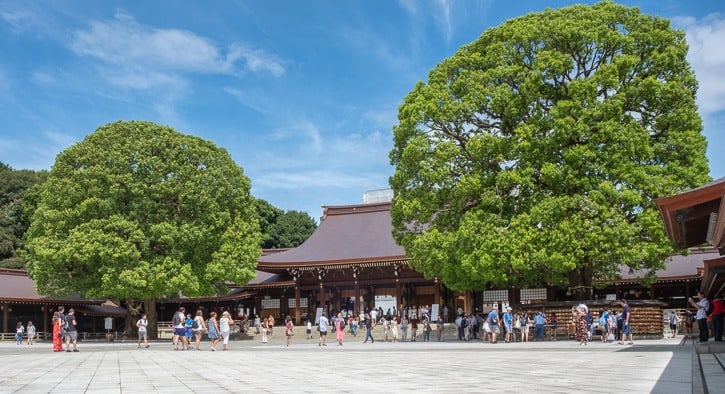
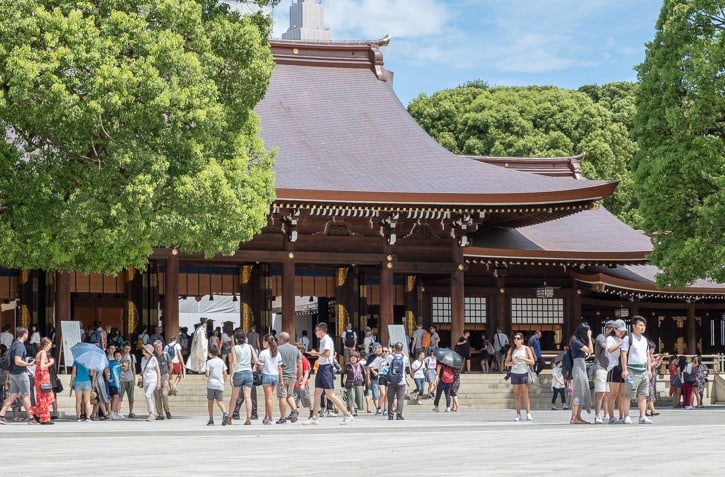
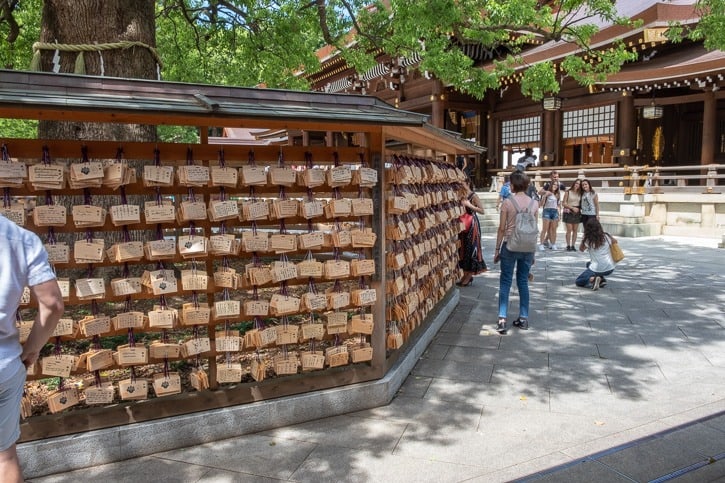

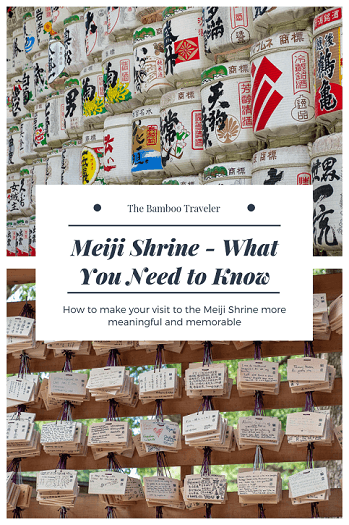
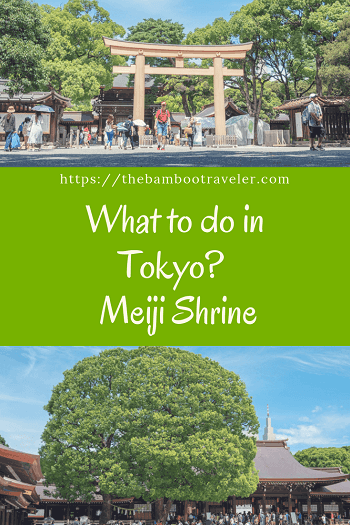



0 Comments